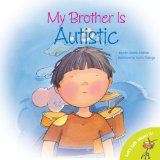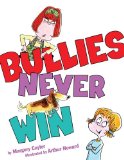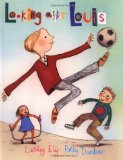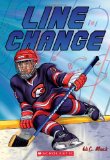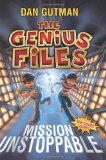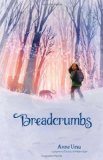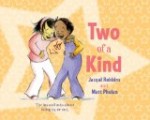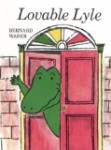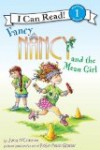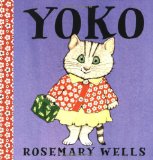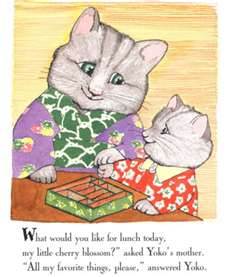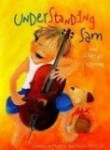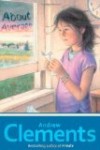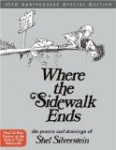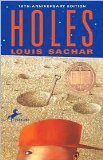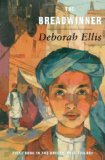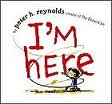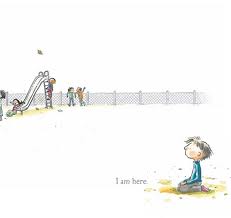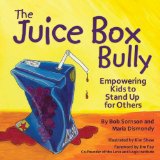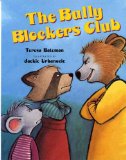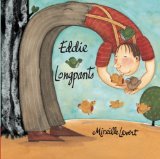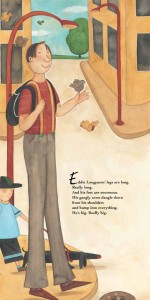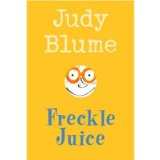 Freckle Juice written by Judy Blume
Freckle Juice written by Judy Blume
Chapter book for children aged 7 and up originally published by Four Winds Press, a Division of Scholastic. Now published by Ingram Book & Distributor.
I received a free copy of Freckle Juice, by Judy Blume, as part of a Scholastic order that I placed for my classroom. I had not read this yet and when my seven year old asked to borrow a book from my classroom library, it seemed like a safe one. She read it on her own and then asked if we could read it together with her sister who is ten. All of us enjoy a wide variety of books and have different tastes. All three of us, however, were in complete agreement that Freckle Juice was, as Blume typically is, funny, charming, and cute.
Andrew thinks that if he had freckles his life would be a lot easier. A classmate offers him a solution to this problem for fifty cents. This evoked some conversation with my girls, as Andrew tells us that fifty cents is FIVE weeks of allowance. Little details like this made the girls connect to the story and talk about things like: Would you give up your allowance for someone to share a secret with you? Do you think the classmate really knows a secret? Why do you think fifty cents was a lot of money then but isn’t now? Pretty interesting and driven forward by the girls. I love book talk so I enjoyed listening to them and talking to them very much.
What we didn’t talk about but a connection that I made was to a favourite series of picture books; If You Give a Mouse a Cookie, If You Give a Dog a Donut, and If You Give a Pig a Pancake. I loved the opening of Freckle Juice where Andrew deduces that if only he had freckles a series of events would take place. Also, because he doesn’t have freckles becomes his explanation for a variety of issues, such as paying attention in class. If he had his own freckles, he wouldn’t have to count Nicky’s and then he would be able to pay attention in class and then he wouldn’t get in trouble. I love that chain of cause and effect rationalized by the main character. It’s the same cause and effect that we see in the If You Give a Mouse a Cookie books. It’s such a creative way for kids to look at all the different places one simple choice can lead. It creates a great discussion about whether or not you really think something would or would not happen as a result of one tiny event or detail.
I also loved that the teacher in the story plays along when Andrew decides to teach Sharon a lesson and gives himself freckles. The teacher could have just told him to wash them off but she, instead, uses it as a teachable moment and manages to boost both Andrew and Nicky’s self-esteem.
It’s typically Blume: sweet, relatable, and simple in the message it delivers to children. Often, I get caught up in the newest series, struggling to find away to pull in those reluctant readers, to hook them. We forget the treasures we grew up with and the timeless pull they have on readers. Judy Blume, Beverly Cleary, Roald Dahl…these books still hook children the way the used to, with their characters and stories of friendship, choices and childhood. Whether freckles, curly hair, or crooked teeth, every person has something they wish they could change about themselves and Blume finds a way to tell readers that we are all perfect, just the way we are.
Lexile Level 560L
Freckle Juice Comprehension Questions from Gigglepotz
Comprehension Questions from Leaping Into 5th Grade
Mini Unit from Easy Fun School
Elizabeth Messick’s Website




